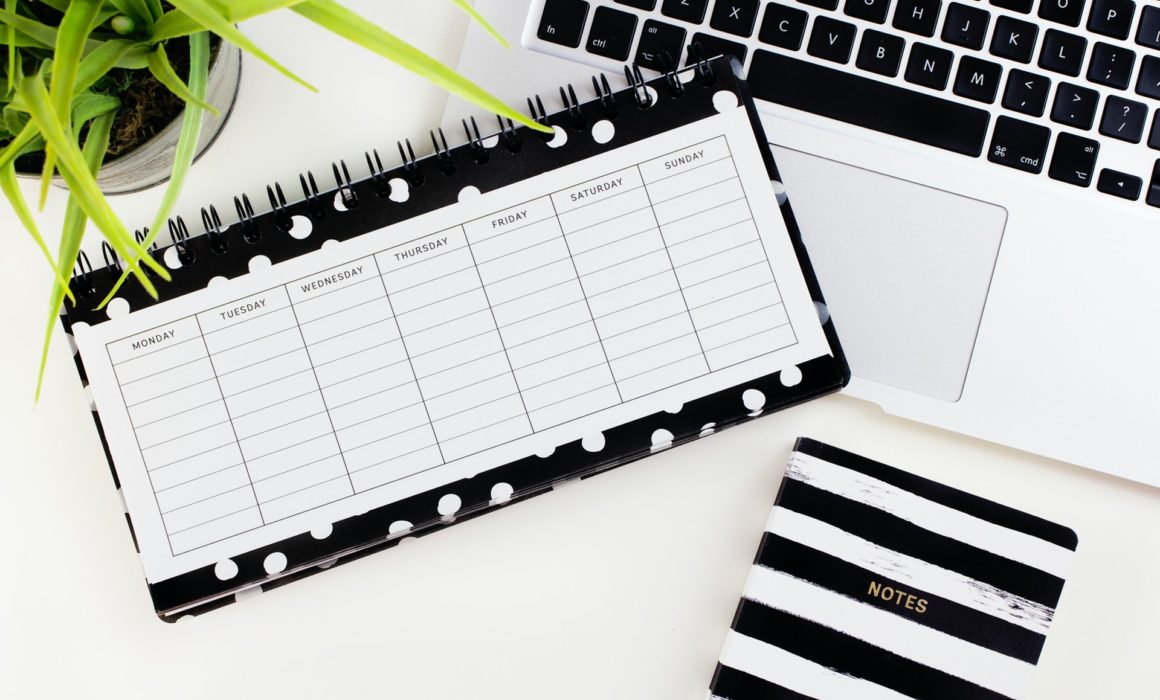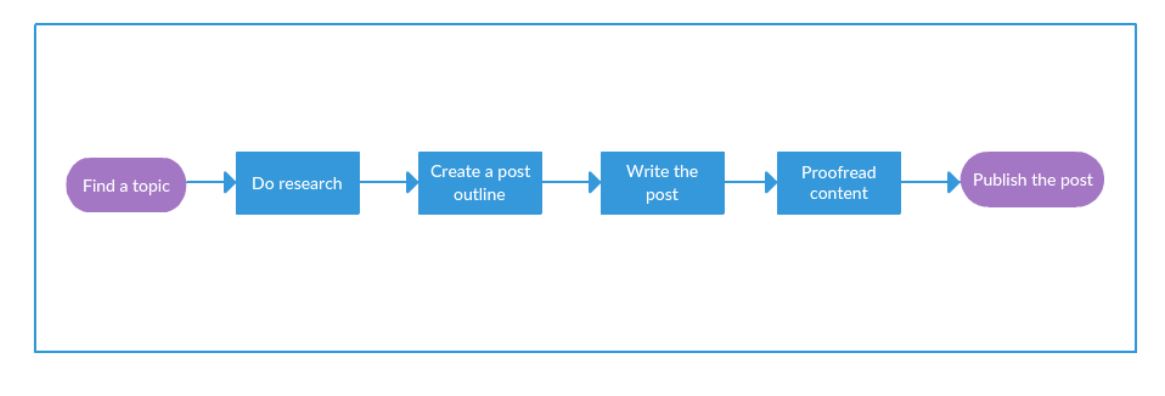
With flexible planning, easily turn your classroom to virtual, in-person or blended
As teachers, we’re planners — it’s just who we are. Many school districts have announced they will be distance learning in the fall, but beyond that it’s unclear. How do we plan when we don’t know what to plan for?
There are a few things educators can do now, even after the start of the school year. First, remind yourself that you are resilient. Your students are resilient. Be confident that you can be present for your students no matter what. When you are intentional about building in flexible components from the start of the year, students’ experiences will be better.
Then, set up your classroom to operate in all ways: face-to-face, remote, and blended (a combination of both). Know that you may use all these methods at some point this year.
Here is a guide.
Build a Communication Plan
Chances are that you experienced communication challenges at some point last year. Reflect on those challenges.
- Write out a plan: In stormy seas, your parents, students and colleagues will look to you to guide the ship into harbor.
- Broadcast it: Remind students and parents how and when you will be communicating. Your plan should set the foundation for all other communication.
- Keep communication consistent: Follow through with your plan. Initially, this may involve extra work. However, as soon as something changes, you’ll be glad you made the effort.
- Consider alternatives to email: Text services like Remind limit characters and focus messaging. Also, texts are a lifeline for families who rely on mobile devices for access.
Organize Content
Keep in mind that your online learning environment should support your face-to-face instruction — and vice versa. When they complement each other, both are stronger.
Guidelines for instruction:
- Organize content into chunks: units, modules, or weeks.
- Create structure inside these chunks.
- Keep the structure consistent.
- Include all elements of instruction inside a chunk (preassessment, inquiry, instruction, practice, assessment).
Once your online content is organized, think about how you can combine online chunks with face-to-face instruction. In The Perfect Blend, Michele Eaton provides excellent daily and weekly checklists that work to keep students and teachers organized and bolster learning in both spaces.
Constantly Evaluate Your Toolbox
After completing a chunk, reflect on the digital tools you used. Ask yourself: Did I have the right tools for the task? Were students able to meet instructional objectives?
When we use the wrong tool, we know immediately: The objective falls flat. When we use the right tool, the tool is invisible. It’s easy and intuitive, and it enhances instruction.
Review your toolbox, deleting tools that don’t work well for you and your students. Keep in mind that a tool that may be right for your colleague may not be right for you or your classroom — and that’s OK.
Plan Activities To Build Relationships in Any Space
To help students build peer relationships online, give them a real reason to be present.
Build a positive classroom community by integrating digital citizenship lessons, and rework your online meetings to offer authentic learning experiences that build relationships. Assign team roles to engender a sense of purpose, and bring in guests to help students make real-world connections.
The best relational activities are ones that allow students to shine as individuals. You might have students build an “All About Me” Pinterest board or Google slide and/or create a class scavenger hunt, and then review the results as a group.
“A discovery activity allows students to learn how to use a tech tool before tackling content learning and lets teachers have conversations about expectations from the start.”
Design Discovery Activities for Key Technology Tools
A discovery activity allows students to learn how to use a tool before tackling content learning and also allows teachers to have conversations about expectations from the start.
A discovery includes three parts: a teacher-led tutorial on how to use the tool, an outline of expectations for both students and instructors, and a low-stakes task in which students can practice using the tool.
Inside a discovery, make sure you allow room for conversation; in this process of students talking to each other and to you, you can preemptively solve any problems before deploying the tool.
If you don’t know where to start, begin by listing the top three tools you use in your classroom. Next, plan a discovery for each tool. Then think about where you can embed your discoveries into your instruction.

Process maps help with scheduling or learning and establish consistency for you and students. Credit: Creately.com
Create Routines That Are Consistent Across All Spaces
Whether online or face-to-face, build a consistent routine for students with opportunities for choice and self-pacing.
Here’s a routine for any environment:
- Check announcements.
- Complete morning check-in.
- Open module and begin first task.
Once built, illustrate these processes with graphic organizers like process maps. Post these inside your learning management system (LMS) and physical classroom and attach them to announcements. Most important, minimize change as much as possible — students need consistency now more than ever.
This story originally appeared on Edutopia.org.
Featured image: Emma Matthews Digital Content Production_Unsplash